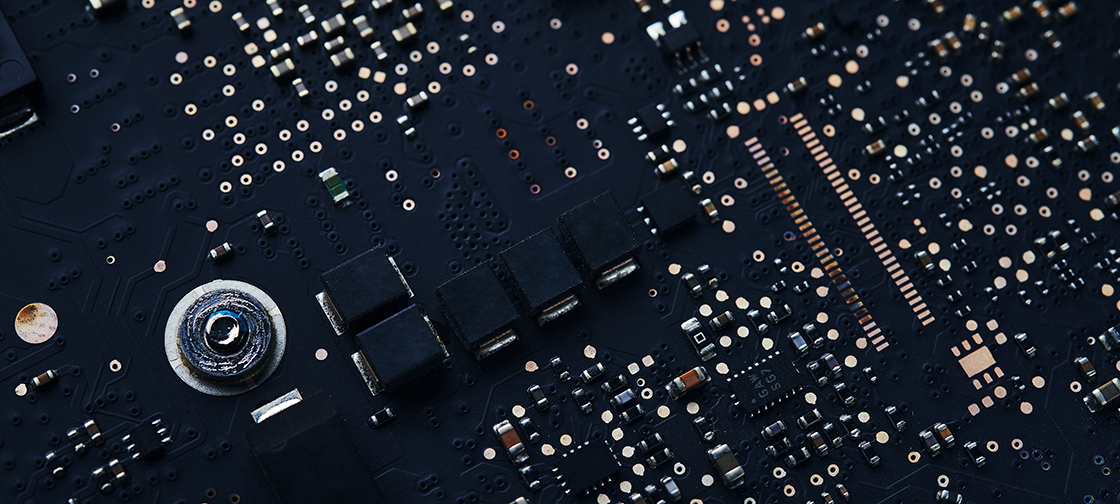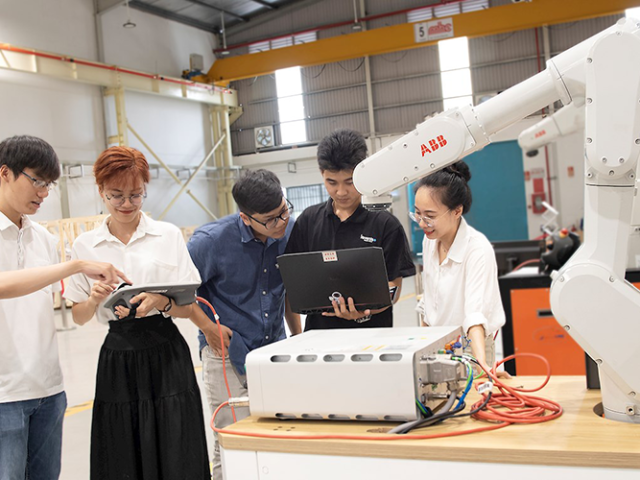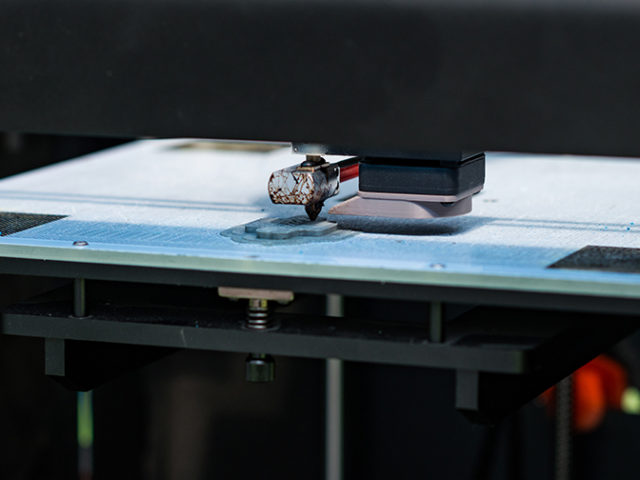The performance of flexible large-area organic photodiodes has advanced to the point that they can now offer advantages over conventional silicon photodiode technology, particularly for applications such as biomedical imaging and biometric monitoring that require detecting low levels of light across large areas.
The low-noise, solution-processed, flexible organic devices offer the ability to use arbitrarily shaped, large-area photodiodes to replace complex arrays that would be required with conventional silicon photodiodes, which can be expensive to scale up for large-area applications. The organic devices provide performance comparable to that of rigid silicon photodiodes in the visible light spectrum — except in response time.
“What we have achieved is the first demonstration that these devices, produced from solution at low temperatures, can detect as little as a few hundred thousand photons of visible light every second, similar to the magnitude of light reaching our eye from a single star in a dark sky,” said Canek Fuentes-Hernandez, principal research scientist in the School of Electrical and Computer Engineering at the Georgia Institute of Technology. “The ability to coat these materials onto large-area substrates with arbitrary shapes means that flexible organic photodiodes now offer some clear advantages over state-of-the-art silicon photodiodes in applications requiring response times in the range of tens of microseconds.”
Source: “Large-area Flexible Organic Photodiodes Can Compete With Silicon Devices”, John Toon, Georgia Institute of Technology




